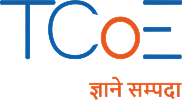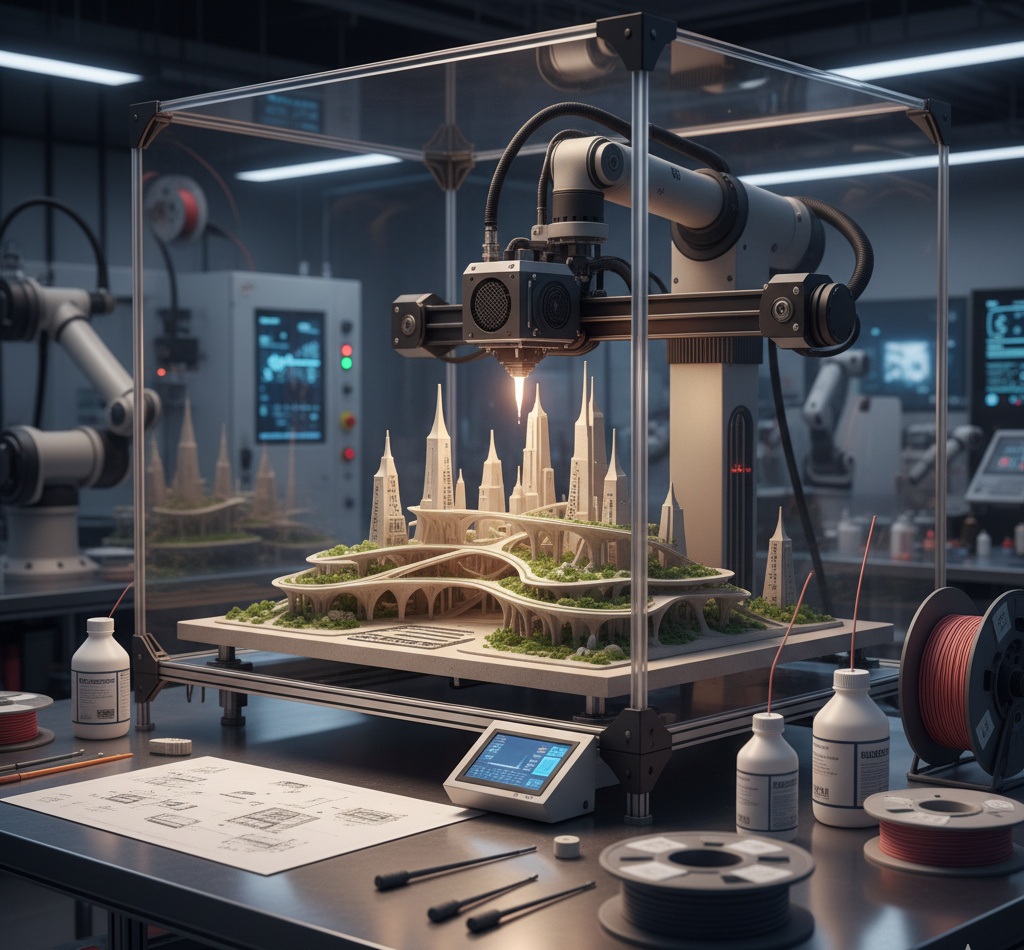3D printing technology is reshaping the way we design, create, and innovate by allowing objects to be built layer by layer directly from digital models. Unlike traditional manufacturing, which often involves cutting or molding materials, 3D printing enables quick and precise fabrication with minimal waste. This makes it a powerful tool for turning creative ideas into real, tangible products in a matter of hours.
From simple prototypes to complex mechanical parts, 3D printing opens the door to endless possibilities across industries like engineering, healthcare, education, and art. Its ability to customize designs, reduce production time, and lower costs has made 3D printing a key driver of modern innovation. Whether it’s crafting unique models or developing advanced industrial components, 3D printing is transforming imagination into reality with remarkable efficiency.
- 72 Hours (2 hours/day x 6 days/week x 6 weeks) OR at your own pace
- Hindi, English
- Learn & Get Certified
- Basic & Intermediate
- Hands-On Training
About this course
Basic Design and 3D Printing Course introduces the fundamentals of computer-aided design (CAD) and additive manufacturing. The course covers 3D modelling, slicing software, printer operation, materials, and safety practices. Students will gain hands-on experience in creating digital designs and turning them into physical prototypes using 3D printing technology.
This course provides essential knowledge and practical training to build industry-relevant skills.
- Fees: ₹3,500 ₹2,000 (incl. GST) (Excluding tools & equipment cost)
- Certification: TCoE
- Duration: 72 Hours (2 hours/day x 6 days/week x 6 weeks) OR at your own pace
What you'll learn
After this course you will be able to:
- Fundamentals of 3D Printing: Understand how 3D printing works, including the basic principles, workflow, and key terminologies.
- Types of 3D Printing Technologies: Explore major techniques such as FDM, SLA, SLS, and metal printing, and learn where each is used.
- 3D Design & Modeling Basics: Learn how to create and modify 3D models using beginner-friendly CAD software.
- Materials in 3D Printing: Discover different printing materials like PLA, ABS, resin, nylon, and metal powders, along with their properties.
- Machine Operation & Setup: Get hands-on knowledge of setting up 3D printers, calibrating machines, and preparing files for printing.
- Slicing & Print Optimization: Learn the slicing process and how to optimize print settings for better strength, accuracy, and surface finish.
- Troubleshooting Techniques: Identify common printing issues—like warping, stringing, or layer shifting—and learn effective solutions.
- Post-Processing Methods: Gain skills in cleaning, curing, sanding, painting, and assembling printed parts for a professional finish.
Course Content
How to use online TCoE platform?
Advantages of this course
Tools and Equipment required
National Skill Development Mission
Browse Online Drones Certificates
Find new interests and advance your career opportunities!
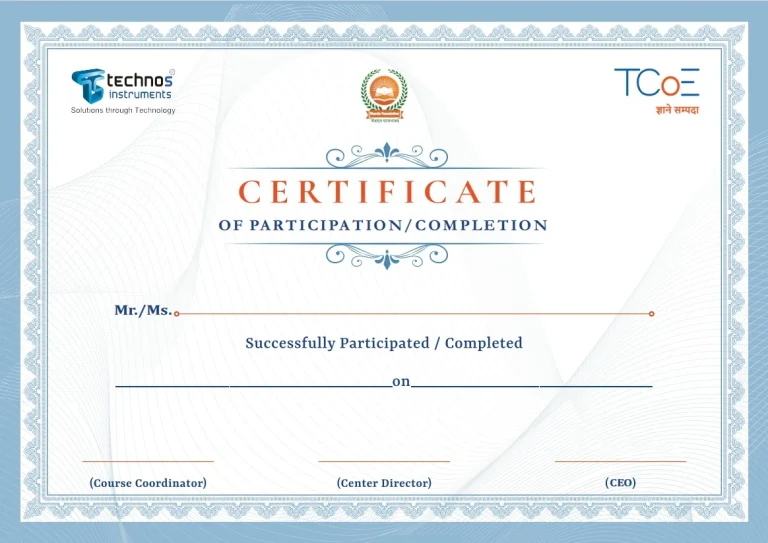
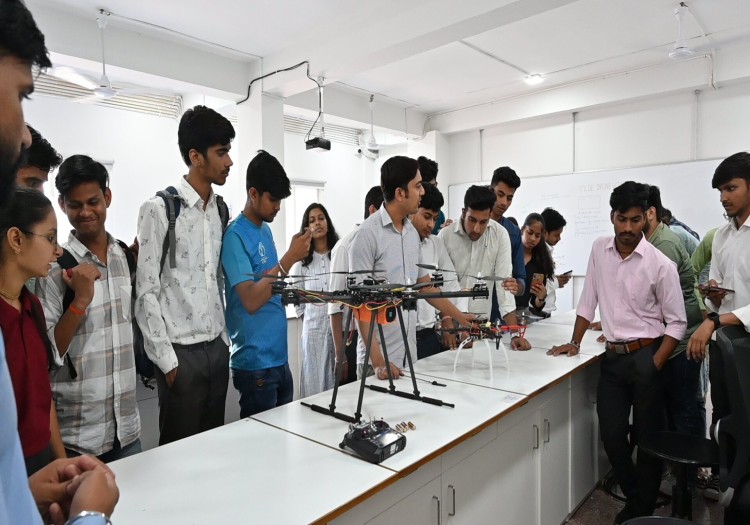


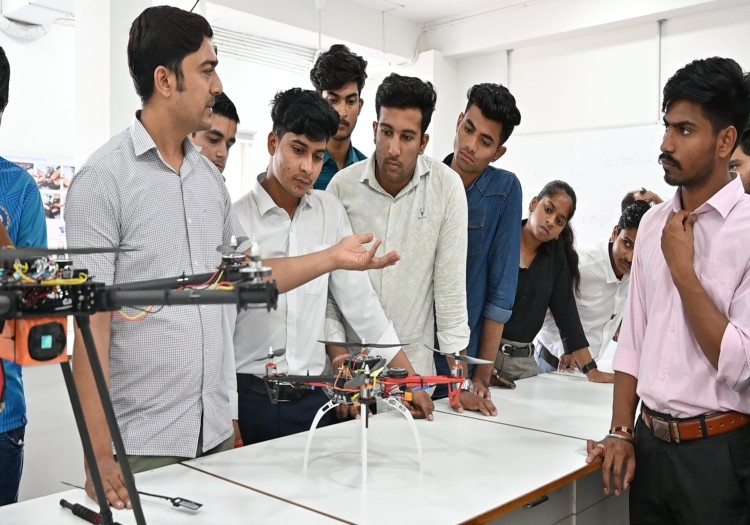

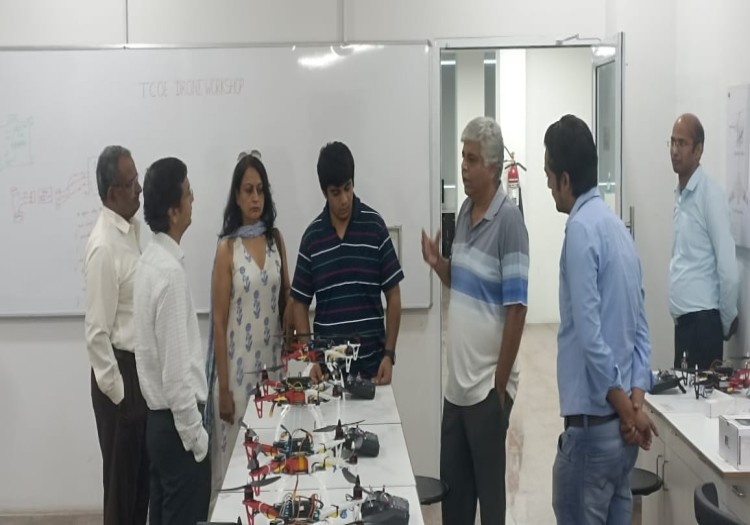
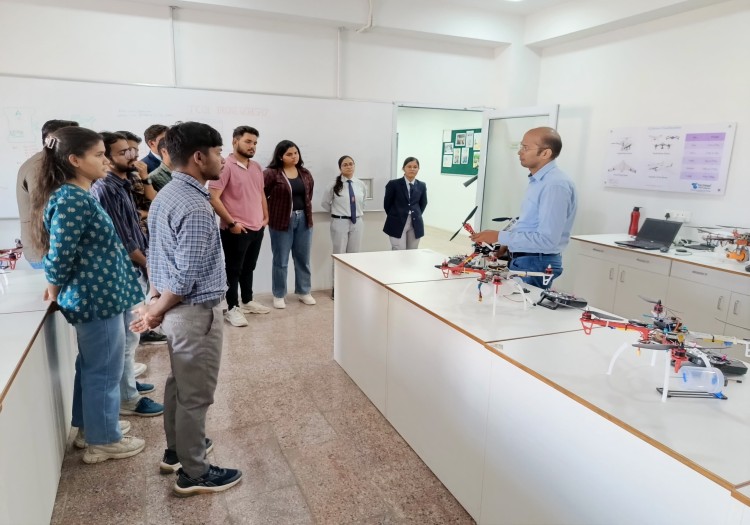
Browse Online Drones Certificates
Find new interests and advance your career opportunities!








ENROLL TODAY & GET 30% OFF ON ALL COURSES
Your Future Can’t Wait, Enroll Now and Save 30% On All Courses. Hurry Up Offer valid Till Diwali
Our Related Courses
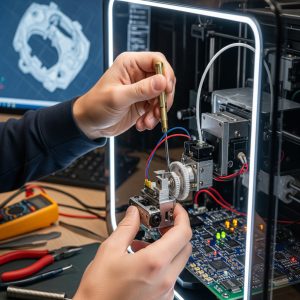
Advanced design & 3D Printing
See what our students have to say
With over a decade of experience, our mission is to produce future-ready skilled resources.
3D Modeling and Digital Design
One of the most exciting topics in this course is 3D Modeling and Digital Design, where you learn how to transform your creative ideas into virtual 3D objects. Using beginner-friendly CAD software, you’ll explore how shapes, dimensions, curves, and features come together to form a complete digital model. This topic introduces you to the core principles of design—such as symmetry, proportions, and functionality—making the design process both artistic and scientific.
What makes this topic especially interesting is the instant connection between imagination and creation. With just a few tools and techniques, you can sketch a concept on your screen and refine it into a printable model. Whether it’s a simple keychain, a functional part, or a custom-designed gadget, 3D modeling opens up endless possibilities and gives you the power to bring your ideas to life with precision and creativity.
Job Opportunities
Here are some interesting job opportunities after completing the Basic Design and 3D Printing course:
3D Printing Technician: Operate, maintain, and troubleshoot 3D printers used in labs, industries, and design studios.
CAD Designer (Beginner Level): Create digital 3D models for products, prototypes, and mechanical parts using CAD tools learned in the course.
Product Design Assistant: Support design teams in developing new products by creating prototypes, 3D models, and basic design concepts.
Rapid Prototyping Specialist: Work in innovation labs or startups to quickly prototype ideas and assist in product development cycles.
Additive Manufacturing Assistant: Assist in preparing, slicing, and optimizing 3D models for production in industrial 3D printing setups.
Tech Lab Instructor / STEM Educator: Teach basic design and 3D printing concepts in schools, colleges, and tinkering labs.
Frequently asked questions
Do I need any prior experience in design or printing to join this course?
No, the course is designed for complete beginners. You’ll start from basic concepts and gradually learn hands-on skills.
What software tools will I learn during the course?
You will be introduced to beginner-friendly CAD tools used for 3D modeling, along with slicing software for preparing files for printing.
Will I get to operate a 3D printer myself?
Yes! The course includes practical sessions where you will work directly with 3D printers—setting them up, slicing models, and printing your own designs.
What kinds of projects will I make in this course?
You’ll work on simple design exercises first and then create functional objects, creative models, and a final mini-project of your choice.
Are the materials for printing included?
Yes, all basic materials like PLA or resin are provided during hands-on sessions.
